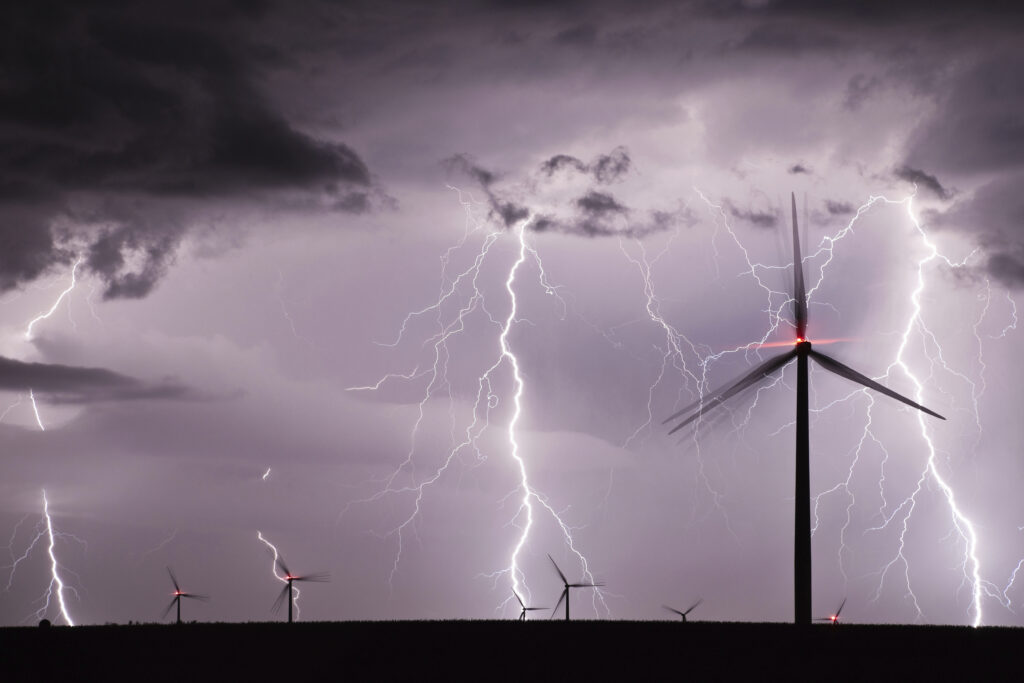The wind power industry has faced difficulty over the years gaining acceptance within the United States. This is primarily due to the fact that even though the fuel source that drives the wind turbines and produces power is free, the actual costs associated with the process can amount to much more than fossil fuels. When faced with the question whether to produce the same product (energy) in two different ways, most people will opt for the one that costs them the least in the long run. Unfortunately, it’s becoming apparent that in the United States, current public policy does not place much value upon the reduction in pollution that can happen as a result of a wider scale rollout of clean wind power. The decision to commit resources towards wind power also will fall short when the consumer realizes it will likely cause their power bills to increase. The good news is that technological advancements are bringing the production costs of wind power down, and eventually wind power costs are expected to fall below those of fossil fuels. This will be accomplished through the extension of the life spans of the associated wind farm equipment, which is susceptible to large scale damage as a result of, wind, rain, lightning and other environmental factors.
Outside of the United States, there have been well publicized cases of wind power providers that fail to secure insurance for equipment within their installations because of the high likelihood of damage to them as a result of lightning strikes and the accompanying electrical surges. This is due to the fact that the damage is not isolated to the blades that are affixed to the towers or the turbines within them. Instead, the initial strike damage is only the first step in the process, and further damage to the turbine will follow as a result of the surge in electricity caused by the lightning strike. Each lightning strike brings with it an incredibly large power surge that travels through nearby structures and up connected power lines throughout the structures. Inside Wind Turbines, these power lines lead directly to expensive computerized equipment used in the control process, and the circuitry of these components are only able to withstand so much current before being destroyed. In addition to this, fires and explosions can be triggered that damage nearby equipment as well. Because there is an expectation of lightning strikes to the wind turbines themselves, the only adequate method of minimizing losses is to protect the associated and connected equipment from the damages sustained by the surge. This is accomplished through surge protection devices (SPDs) that are situated along power lines and at critical junction points. These devices stop the flow of power if it escalates beyond a safe range, thus protecting the components downstream and extending the useful life span of each piece. As more technologically advanced and robust SPDs are introduced, the costs associated with power production using wind as a fuel go down. Manufacturers like Raycap have developed lines of wind power surge protection devices for wind turbines that not only provide the highest levels of protection ever known, but also in the case of Strikesorb, need no replacing and can take multiple strikes without failure. This reduces the costs associated with the process while also reducing the costs associated with system resets and maintenance on the SPDs themselves. In the near future, wind power will be generated at a cheaper cost than fossil fuels, ending any debates on the issue forever.

